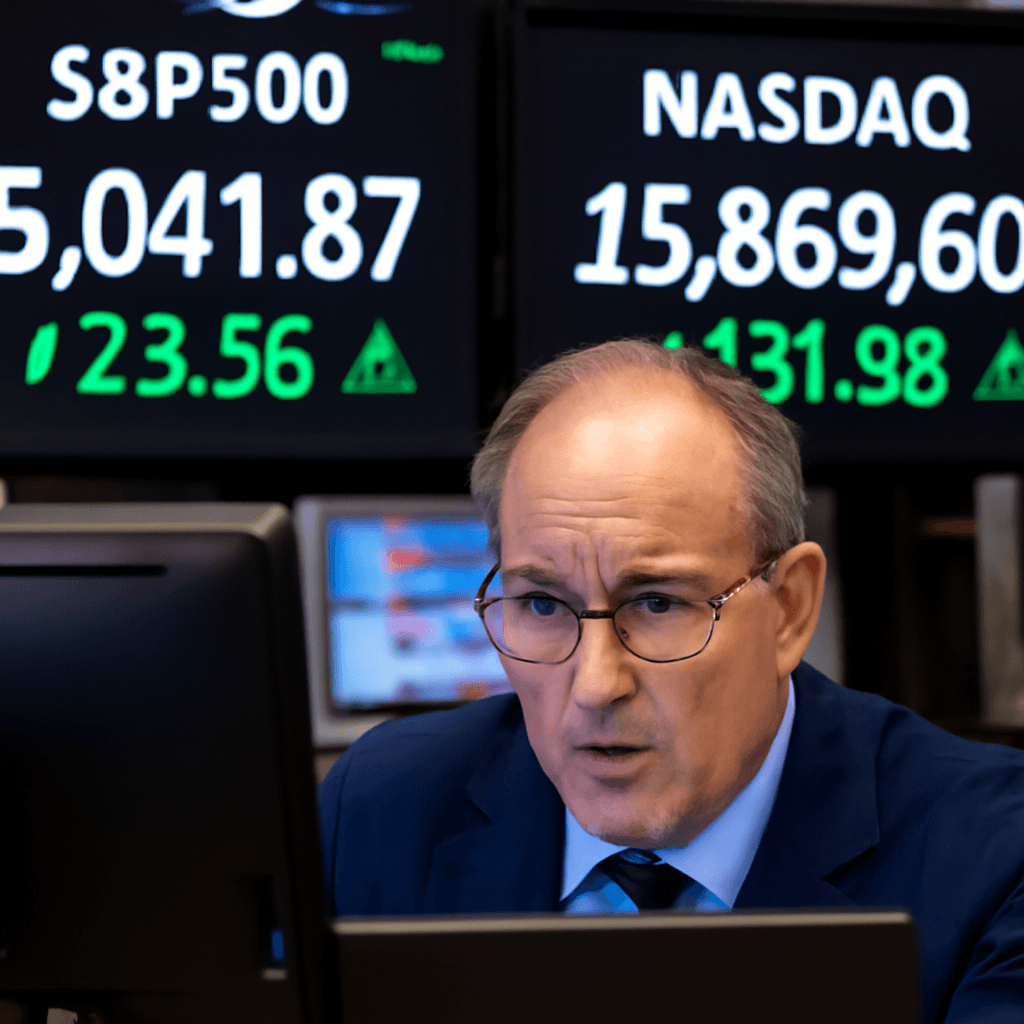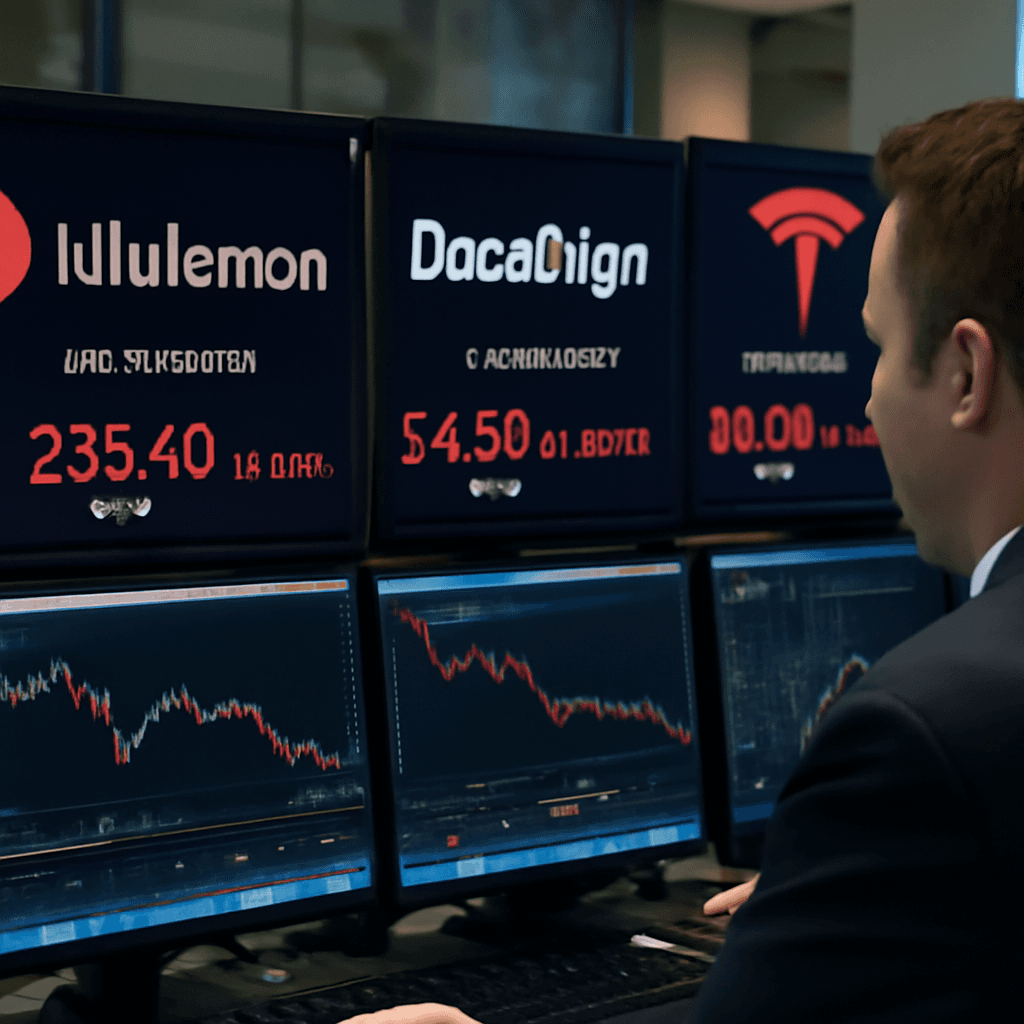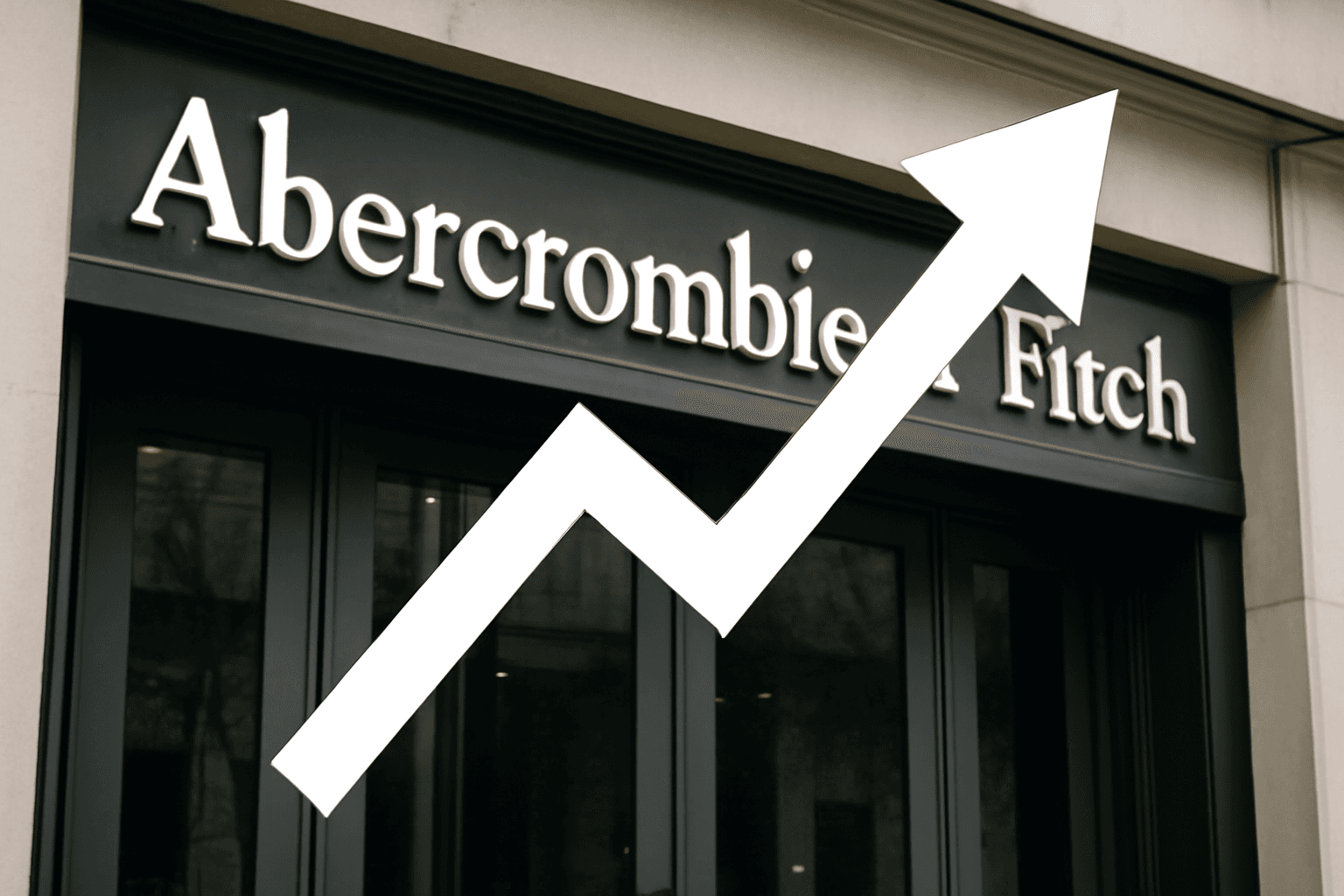Goldman Sachs Highlights Five Stocks with Strong Growth Potential
Following robust quarterly earnings reports, Goldman Sachs has pinpointed five stocks that appear primed for further gains. These companies—Shake Shack, Tyson Foods, FMC Corporation, Match Group, and Woodward—are attracting attention for their solid fundamentals and promising outlooks.
FMC Corporation: A Chemical Sector Turnaround Set to Accelerate
Analyst Duffy Fischer recommends buying on dips in FMC's shares after the company delivered a strong second-quarter performance. Despite lingering pricing pressures, Fischer believes these headwinds are overemphasized by the market. With the completion of a pivotal strategic inventory reduction, FMC is positioned for a sharp uptick in growth during the second half of the year.
However, Fischer cautions that investors should watch for steady sequential improvements in upcoming quarters. Despite the stock’s 25% drop year-to-date, its valuation compared to peers in the agricultural chemicals sector suggests a compelling risk/reward dynamic. FMC’s story reflects an important theme in U.S. industrials: restructuring efforts setting the stage for sustainable growth.
Tyson Foods: Poultry and Protein Demand Driving Optimism
Leah Jordan, a Goldman analyst, has raised her price target on Tyson Foods to $68, reflecting renewed confidence following the recent fiscal third-quarter earnings. Tyson’s diversified protein portfolio—spanning chicken, beef, pork, and prepared foods—is delivering promising short-term strength, while improving visibility on the long-term beef cycle adds to the bullish case.
Tyson’s turnaround is a noteworthy example of how operational execution and product diversification can mitigate sector volatility. The company’s stock has climbed 9% this month, underscoring growing investor conviction around its earnings recovery trajectory.
Woodward: Aerospace Manufacturer Charging Ahead
Woodward, a Colorado-based aerospace components manufacturer, continues to impress. Noah Poponak highlights that Woodward not only beat earnings expectations but also raised its full-year guidance, driven by significant gains in industry growth programs and margin expansion.
Despite a remarkable 49% year-to-date share price increase, analysts see ongoing momentum in Woodward’s multi-pronged growth strategy, an important beacon for U.S. aerospace supply chain dynamics amid a recovering global aircraft market.
Match Group: Navigating Growth and Investor Expectations
Match Group's latest quarter showed encouraging progress in user registrations and engagement metrics, but investor focus remains sharply tuned to operational execution at Tinder and balancing near- to medium-term growth investments with profitability goals set at its 2024 Investor Day.
This tension between growth and margin discipline poses an ongoing challenge but also an opportunity for Match Group to deliver sustainable shareholder value in a highly competitive digital dating market.
Shake Shack: Investing in Innovation and Expansion
Goldman Sachs continues to back Shake Shack’s strategy of investing in culinary innovation and marketing initiatives to drive durable traffic growth. Although these efforts entail near-term costs, the bank views them as necessary for expanding both unit counts and restaurant-level margins, especially as new outlets demonstrate stronger performance metrics.
Shake Shack’s approach highlights a common theme among consumer-facing companies: balancing the need for aggressive growth against maintaining healthy profit margins in a challenging retail environment.
What This Means for Investors
- Diversification and sector-specific catalysts remain key drivers, from industrial turnaround stories like FMC to consumer staples like Tyson.
- Aerospace and tech-related growth stories such as Woodward and Match Group reflect evolving market dynamics and investor appetite for innovation-led expansion.
- Operational execution and strategic investments stand out as overarching themes enabling companies to overcome cyclical headwinds.
Editor’s Note
This diverse set of companies illustrates the complex interplay between market cycles, strategic shifts, and investor sentiment shaping today’s equity landscape. While the optimism from Goldman Sachs is grounded in solid earnings and forward guidance, investors should monitor how these firms navigate ongoing macroeconomic pressure points such as inflation, supply chain disruptions, and changing consumer behaviors.
Ultimately, these recommendations underscore the importance of thoughtful stock selection focused on both near-term catalysts and sustainable long-term growth potential.



















